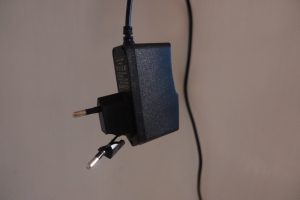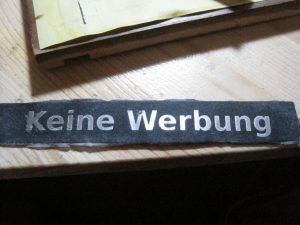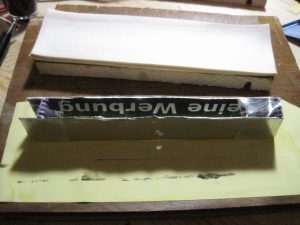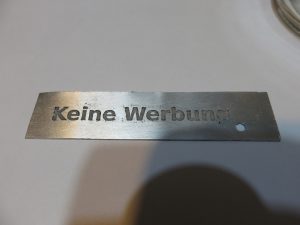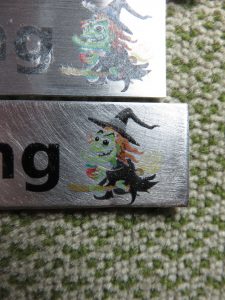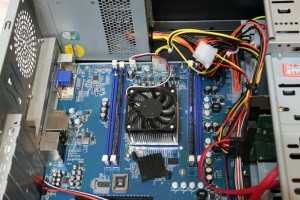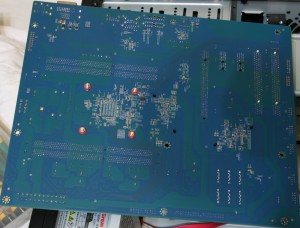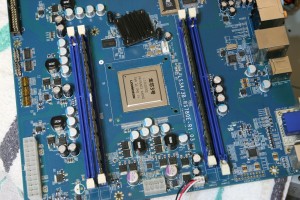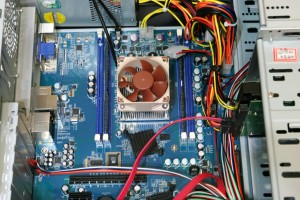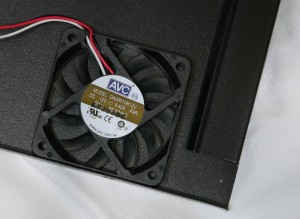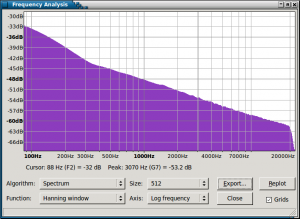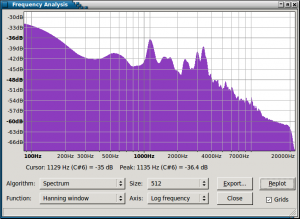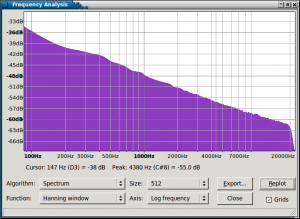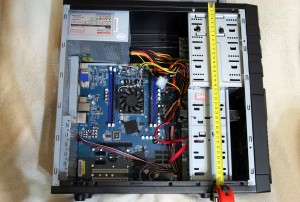Checking dependencies from a Makefile
Why would one want to do that? Because its a very simple project that doesnt really need a full configure script.
This is from the FFV1 build which builds the related RFC (draft) documents.
The tools versions are checked before a target that uses them, the tests are done just once and not again until you run make clean. It will put a file ending in version-ok for each tool in the build directory to keep track of what has been checked. These are cleared on a make clean.
Heres the full Makefile with the version checks showing how we ended up doing it. So far it seems working on everyones machiene who wanted to work on the ffv1 docs. Note, none of the authors of this Makefile is a Makefile expert, it certainly can be improved. I am just posting this as it might be a useful inspiration/ starting point to others who dont want a full configure in a small project.
PS: if someone has suggestions for improvements, pull requests are welcome in ffmpeg/ffv1
VERSION := 17
STATUS := draft-
OUTPUT := $(STATUS)ietf-cellar-ffv1-$(VERSION)
VERSION-v4 := 14
STATUS-v4 := draft-
OUTPUT-v4 := $(STATUS-v4)ietf-cellar-ffv1-v4-$(VERSION-v4)
$(info RFC rendering has been tested with mmark version 2.2.8, xml2rfc 2.32.0, xmlstarlet 1.6.1, pandoc 1.19.2.1, pdfcrop v1.38, and pdf2svg 0.2.3, please ensure these are installed and recent enough.)
all: $(OUTPUT).html $(OUTPUT).txt $(OUTPUT).xml $(OUTPUT-v4).html $(OUTPUT-v4).txt $(OUTPUT-v4).xml
$(OUTPUT).md: ffv1.md
cat rfc_frontmatter.md "$<" rfc_backmatter.md | grep -v "^AART:" | grep -v "^SVGC" | grep -v "{V4}" | sed "s|^AART:||g;s|{V3}||g;s|SVGI:||g;s|@BUILD_DATE@|$(shell date +'%F')|" > $(OUTPUT).md
$(OUTPUT-v4).md: ffv1.md
cat rfc_frontmatter.md "$<" rfc_backmatter.md | grep -v "^AART:" | grep -v "^SVGC" | grep -v "{V3}" | sed "s|^AART:||g;s|{V4}||g;s|SVGI:||g;s|@BUILD_DATE@|$(shell date +'%F')|" > $(OUTPUT-v4).md
%.xml: %.md mmark.version-ok xmlstarlet.version-ok pdfcrop.version-ok
bash makesvg
mmark "$<" | sed 's|undated |g' > "$@"
xmlstarlet edit --inplace --insert "/rfc" --type attr -name sortRefs -v "true" "$@"
bash svg2src "$@"
%.html: %.xml xml2rfc.version-ok
xml2rfc --html --v3 "$<" -o "$@"
%.txt: %.xml xml2rfc.version-ok
xml2rfc --v3 "$<" -o "$@"
clean:
rm -f ffv1.pdf ffv1-v4.pdf ffv1.html ffv1-v4.html draft-ietf-cellar-ffv1-* merged_* mmark.version-ok xml2rfc.version-ok xmlstarlet.version-ok pdfcrop.version-ok
mmark.version-ok:
test ` mmark --version | sed 's/\.\([0-9][0-9]\)/\1/g;s/\./0/g' `0 -ge 202080 && touch mmark.version-ok || (echo mmark version 2.2.8 or later is required && exit 1)
xml2rfc.version-ok:
test ` xml2rfc --version | sed 's/.* //g;s/\.\([0-9][0-9]\)/\1/g;s/\./0/g' `0 -ge 232000 && touch xml2rfc.version-ok || (echo xml2rfc version 2.32.0 or later is required && exit 1)
xmlstarlet.version-ok:
test ` xmlstarlet --version | head -1 | sed 's/\.\([0-9][0-9]\)/\1/g;s/\./0/g' `0 -ge 106010 && touch xmlstarlet.version-ok || (echo xmlstarlet version 1.6.1 or later is required && exit 1)
pdfcrop.version-ok:
test ` pdfcrop --version | sed 's/.* v//;s/\.\([0-9][0-9]\)/\1/g;s/\./0/g' `0 -ge 1380 && touch pdfcrop.version-ok || (echo pdfcrop version 1.38 or later is required && exit 1)
